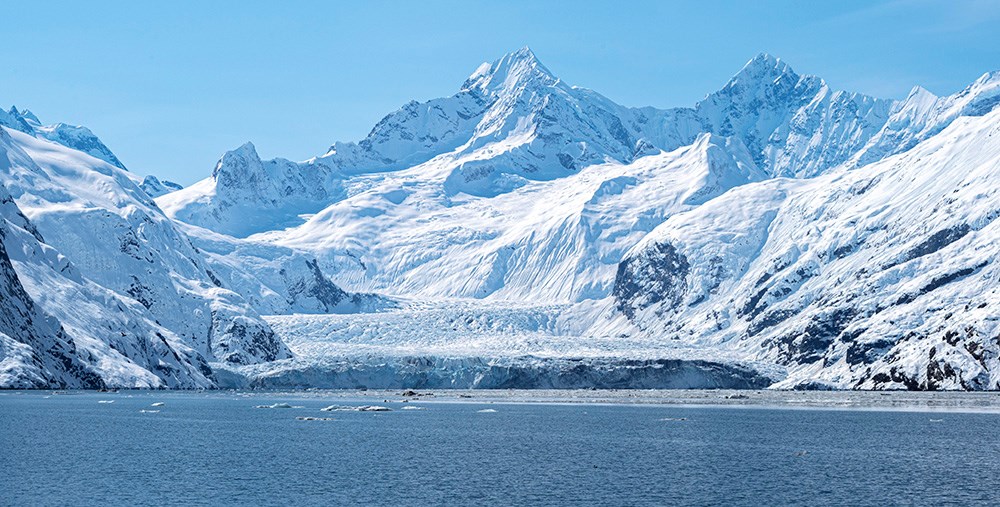Last updated: March 4, 2024
Article
Impacts of tidewater glacier advance on iceberg habitat

NPS/Sean Tevebaugh
Icebergs calved from tidewater glaciers provide important habitat for seals--providing a haulout away from predators when they molt and for young to haul out of the cold water to nurse. Whereas mountain glaciers are primarily retreating due to a warming climate, tidewater glacier behavior is governed by the tidewater glacier cycle of advancement and retreat, as well as climate.
Johns Hopkins glacier provides important habitat to one of the largest aggregations of harbor seals--up to 2,000 animals. Ice production from the calving glacier is important to them. This study looked at the iceberg production over time in conjunction with glacier characteristics--bathymetry of the underwater morraine, terminus advancement and glacier thickening, glacier velocity, and variations in ice habitat.
Impacts of tidewater glacier advance on iceberg habitat
Abstract
Icebergs in proglacial fjords serve as pupping, resting and molting habitat for some of the largest seasonal aggregations of harbor seals (Phoca vitulina richardii) in Alaska. One of the largest aggregations in Southeast Alaska occurs in Johns Hopkins Inlet, Glacier Bay National Park, where up to 2000 seals use icebergs produced by Johns Hopkins Glacier. Like other advancing tidewater glaciers, the advance of Johns Hopkins Glacier over the past century has been facilitated by the growth and continual redistribution of a submarine end moraine, which has limited mass losses from iceberg calving and submarine melting and enabled glacier thickening by providing flow resistance. A 15-year record of aerial surveys reveals (i) a decline in iceberg concentrations concurrent with moraine growth and (ii) that the iceberg size distributions can be approximated as power law distributions, with relatively little variability and no clear trends in the power law exponent despite large changes in ice fluxes over seasonal and interannual timescales. Together, these observations suggest that sustained tidewater glacier advance should typically be associated with reductions in the number of large, habitable icebergs, which may have implications for harbor seals relying on iceberg habitat for critical life-history events.
Kaluzienski, L., J. Amundson, J. Womble, A. K. Bliss, and L. Pearson. 2023. Impacts of tidewater glacier advance on iceberg habitat. Annals of Glaciology pp. 1-11.
